How to Avoid Bungling Your Storm Damage Insurance Claim: A Step-by-Step Guide
When a storm wreaks havoc on your property, the stakes are high and the clock is ticking. You need clear, actionable guidance on how to prevent errors that could compromise your storm damage insurance claim. This guide is designed to steer you through the claims process confidently, ensuring you document your damages meticulously, understand your policy, and engage with your insurance provider effectively. By mastering these steps, you can avoid bungling your storm damage insurance claim, avoid common pitfalls, and secure the compensation you deserve.
Key Takeaways
-
Immediately following storm damage, prioritize personal safety when assessing the damage and thoroughly document all affected areas, as this information is critical for insurance claims.
-
Understanding the specifics of your homeowners insurance policy, including what types of damage it covers, any exclusions, and your deductible, is essential for filing an effective storm damage insurance claim.
-
Professional expertise, such as from public adjusters or specialized repair services like Rapid Roofing, can aid in identifying hidden damages, accurately documenting claims, and ensuring fair settlements.
Navigating the Aftermath: First Steps Following Storm Damage
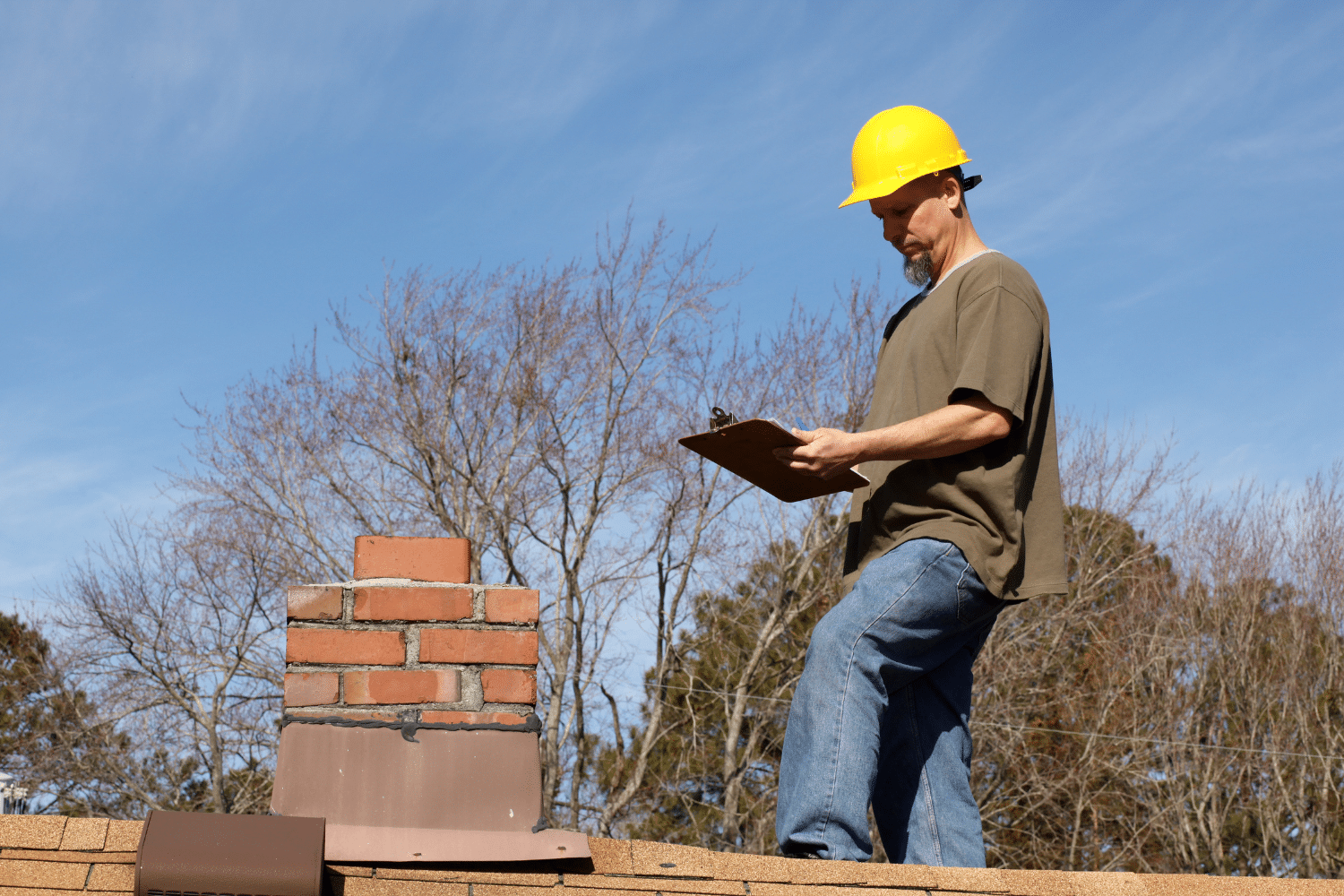
Once the storm subsides, the initial step towards recovery involves assessing the storm damage. This involves navigating the wreckage left by high winds, hail, and floods to determine the extent of the damage to your home. But remember, safety comes first. As important as it is to account for every nick and scratch, it’s even more crucial to ensure you’re not putting yourself at risk in the process.
Once safety has been secured, the task of documenting the damage begins. This involves a methodical inspection of your property, from the water lines stained on your basement walls to the shingles ripped from your roof by the wind. Capturing every detail, regardless of its magnitude, is crucial since this documentation will significantly impact your insurance claim.
Safety and Documentation: Your Priority
Your safety takes precedence in the immediate aftermath of a storm. This means avoiding physical hazards when inspecting your home, such as broken glass or downed power lines. Once you’ve ensured your safety, it’s time to pull out your camera and start documenting.
Take photos of each room, detailing the damage in each shot. If you have pre-storm photos, they can serve as a helpful comparison to illustrate the extent of the damage.
Contacting Your Insurance Company
After documenting the damage, it’s time to contact your insurance company. Have your policy numbers and relevant information at hand before you make the call. Promptly contacting them after the damage happens is key to initiating the claims process swiftly. For further guidance, you may consult the Insurance Information Institute.
Throughout the claims process, ensure you keep your insurance company in the loop. If you need to make immediate repairs, like boarding up broken windows to prevent further damage, let your insurance company know. Likewise, if there’s water damage, be sure to communicate this clearly, detailing the potential causes to determine if it’s covered under your policy.
Understanding Your Coverage: Knowledge Is Power
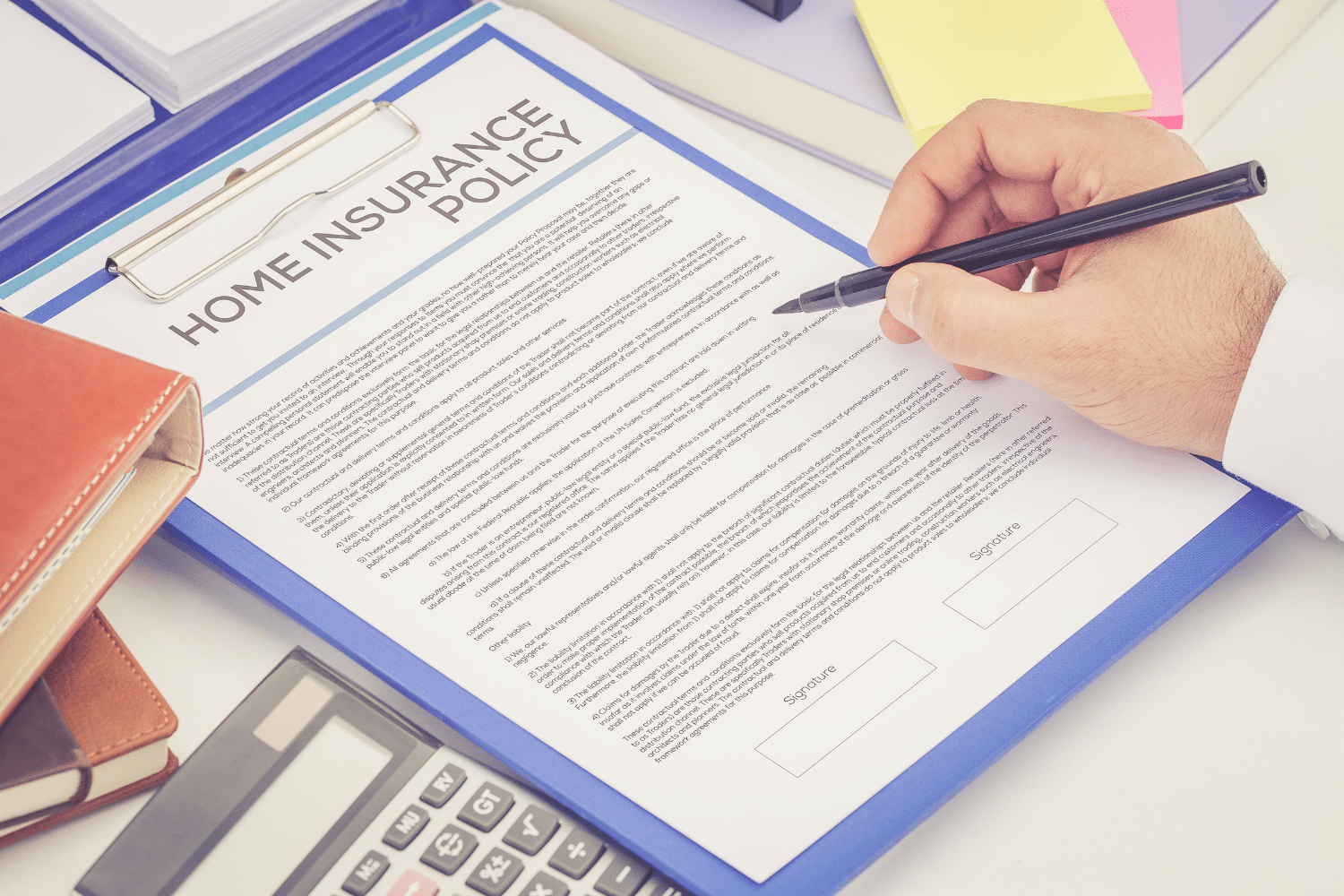
Grasping your homeowners insurance policy is empowering. Policies can differ significantly, so comprehending your particular homeowners policy coverage is vital. Some policies offer coverage for named perils, which are clearly listed incidents, while others provide coverage for all perils with specific exclusions.
Equally important is understanding what’s not covered by your policy, as well as what constitutes a covered loss. These exclusions define perils that require extra coverage or separate policies. Knowing whether your policy provides the replacement cost or merely the actual cash value for damaged items influences the insurance reimbursement you’ll receive.
Lastly, being mindful of your policy’s deductibles is crucial as they dictate your financial obligations during repairs.
Deciphering Policy Details
Reviewing your policy’s declarations page, which outlines coverage limits for particular items, is a crucial step to understand your coverage fully. It’s also crucial to understand your deductible – the out-of-pocket cost you’re responsible for before your insurance coverage kicks in. Remember, standard policies may not cover everything.
For example, if you run a home-based business, you may need additional endorsements for adequate protection. Reviewing your policy before reporting a claim ensures you’re fully aware of the scope of your coverage.
Clarifying Coverage for Specific Damages
Comprehending the types of damages your standard homeowners insurance policy covers is essential for a successful claim. Standard homeowners insurance policies generally cover:
-
Wind damage, including to roofs, windows, and sidings
-
Wind-damaged fences if other structures coverage is included
-
Hail damage
-
Wind-driven rain or snow that enters the home through storm-damaged structures
These damages are typically covered by homeowners insurance, which is a form of home insurance.
Water damage is generally provided for sudden and accidental incidents, such as:
-
the weight of heavy snow or ice damaging a roof
-
a burst pipe or plumbing leak
-
an overflowing bathtub or toilet
-
a malfunctioning appliance (e.g. dishwasher or washing machine)
However, it typically excludes flooding or sewer backups unless specific coverage is added. Mold damage is not usually covered unless it results from a covered peril like water damage from a storm.
The Role of Professional Expertise in Claims

While the claims process may seem intimidating, professional expertise can substantially lighten the load. Experts like public adjusters can strengthen storm damage claims by identifying hidden damages and ensuring accurate documentation.
Their experience in claim processes can accelerate the settlement of a claim, and their knack for managing complex negotiations often leads to better outcomes in disputed claims.
Enlisting a Public Adjuster
During the claims process, public adjusters can serve as a significant ally. They work exclusively for you, the policyholder, not the agent or insurance company, ensuring a dedicated focus on your claim. Having a public adjuster on your side removes emotional bias from the claims process, which can safeguard against the stress-induced acceptance of premature or lower settlement offers.
With their education and experience in handling insurance claims, public adjusters have the knowledge to secure larger settlements for homeowners.
Rapid Roofing’s Expert Insight
Bringing in professional help like Rapid Roofing can significantly ease the claims process. They offer thorough inspections of properties, including hidden areas, to prevent overlooking any damage that could undermine a claim.
They also offer virtual inspections that can produce higher quality results and expedite the processing of permits and documents, leading to a smoother, more efficient customer experience.
Avoiding Common Claim Mistakes
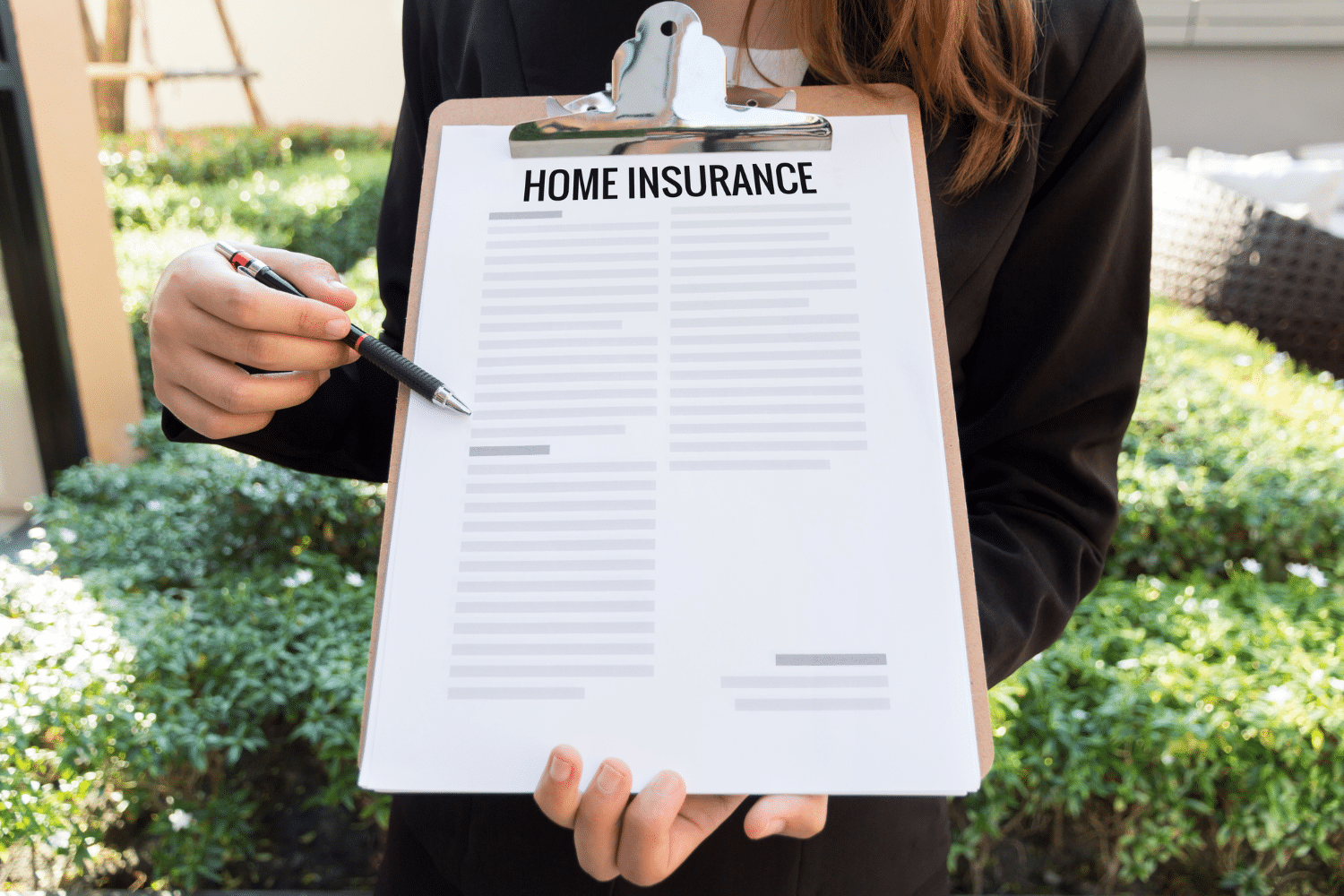
Although the path to a successful insurance claim may be complex, sidestepping common pitfalls can streamline the process. One of the most common mistakes is settling the claim too quickly before assessing the full extent of the damage. This can result in receiving less than what is needed to cover the repairs.
Another common misstep is not maintaining thorough documentation of the damage, which can lead to disputes with your insurance provider and undermine your claim.
Timeliness and Accuracy in Filing
In filing your claim, promptness and precision are crucial. Failing to report storm damage to your insurance company promptly can result in missed deadlines set by your insurance policy, potentially reducing your claim settlement. Similarly, delaying the claims process or providing incomplete information to your insurance company can lead to misunderstandings and potentially jeopardize your claim.
Proper documentation during restoration after storm damage is crucial for insurance claims, as it helps to receive better compensation sooner.
Beware of Fraudulent Contractors
In the aftermath of a storm, it’s also essential to be cautious when dealing with contractors. Ensure their credentials are verified and resist any pressure to make payments upfront, especially since payments to adjusters should not occur as they are compensated by the insurance company.
Be vigilant for scammers masquerading as contractors who might offer too-good-to-be-true deals or unduly press homeowners for immediate decisions, as these are typical red flags of fraud.
Maximizing Your Claim: Strategic Repair Choices
As your claim begins, you should shift your focus to repairs. The choices you make during this phase can significantly impact the amount you’re able to claim from your insurance.
Hiring a public adjuster can lead to a maximized settlement, as they are knowledgeable about the true value of damages and what can be included in the insurance claim.
Prioritizing Repairs and Insurance Alignment
In terms of repairs, prioritizing those that mitigate safety risks and prevent further property damage is essential, as these are typically covered by insurance policies. It’s also essential to ensure that your insurance adjuster’s assessment is accurate, which you can do by being present during their visit or providing detailed contact information if you cannot attend.
To maximize the potential of a fair insurance claim, consider obtaining multiple estimates for repairs and engaging in negotiation rather than accepting the first settlement offer.
Utilizing Rapid Roofing’s Specialized Services
Rapid Roofing offers a wide range of specialized services for storm damage repair and insurance claims assistance. From comprehensive storm damage repair services, including roof replacement and storm damage assessment, to specialized consultations guiding homeowners through the next steps, Rapid Roofing is committed to helping you get back on your feet.
Managing Living Expenses During Repairs
You might require temporary accommodation while your home is undergoing repairs. But don’t worry, your homeowners insurance policy may include Additional Living Expenses (ALE) coverage to help cover these costs. ALE coverage is a standard component of a homeowners insurance policy, intended to cover the increased costs when a homeowner cannot reside at home due to insured damage.
Understanding Additional Living Expenses Coverage
ALE coverage is activated when a home is unsafe or unable to support everyday activities, ensuring the standard of living is maintained, not exceeded. Eligible ALE expenses for policyholders include:
-
hotel or rental costs
-
restaurant meals
-
storage fees
-
laundromat costs
-
transportation expenses
-
pet boarding fees
-
necessary clothing purchases
However, policyholders must document all expenses with receipts to be reimbursed for ALE, with comparisons made between pre-displacement and displacement living costs.
Navigating Reimbursements and Budgeting
Maintaining detailed records and receipts is essential for reimbursement; consider using a waterproof, zippered pouch for organizing these documents. Filing ALE claims should be done promptly after displacement, and keeping detailed notes on all communications with the insurance company is important for a smooth claim process.
When displaced, homeowners should continue making payments for mortgage, real estate taxes, and insurance, as these are not covered by ALE. Using an ALE worksheet to track expenses across various categories can help manage living costs efficiently during repairs. Detailed tracking of costs incurred and additional expenses is necessary under each expense category to illustrate the financial impact of displacement.
Documenting Everything: The Key to Claim Success
One constant golden rule persists as you traverse the claims process – document everything meticulously. Thorough documentation is vital in the insurance claims process to ensure the full extent of storm damage is recognized and appropriately compensated. Damaged property should not be discarded prior to documentation by an insurance adjuster; keeping these items can prevent claim denials or reductions.
Keeping a Detailed Record
Keeping a detailed record of all damaged items, receipts, and interactions with insurance adjusters can make the claims process smoother. Before and after photos of the property are crucial in documenting storm damage for an insurance claim as they provide a clear comparison for adjusters to assess.
Creating a spreadsheet with a detailed list of all damaged items, noting their perceived value, is essential in the documentation process.
Photo and Video Evidence
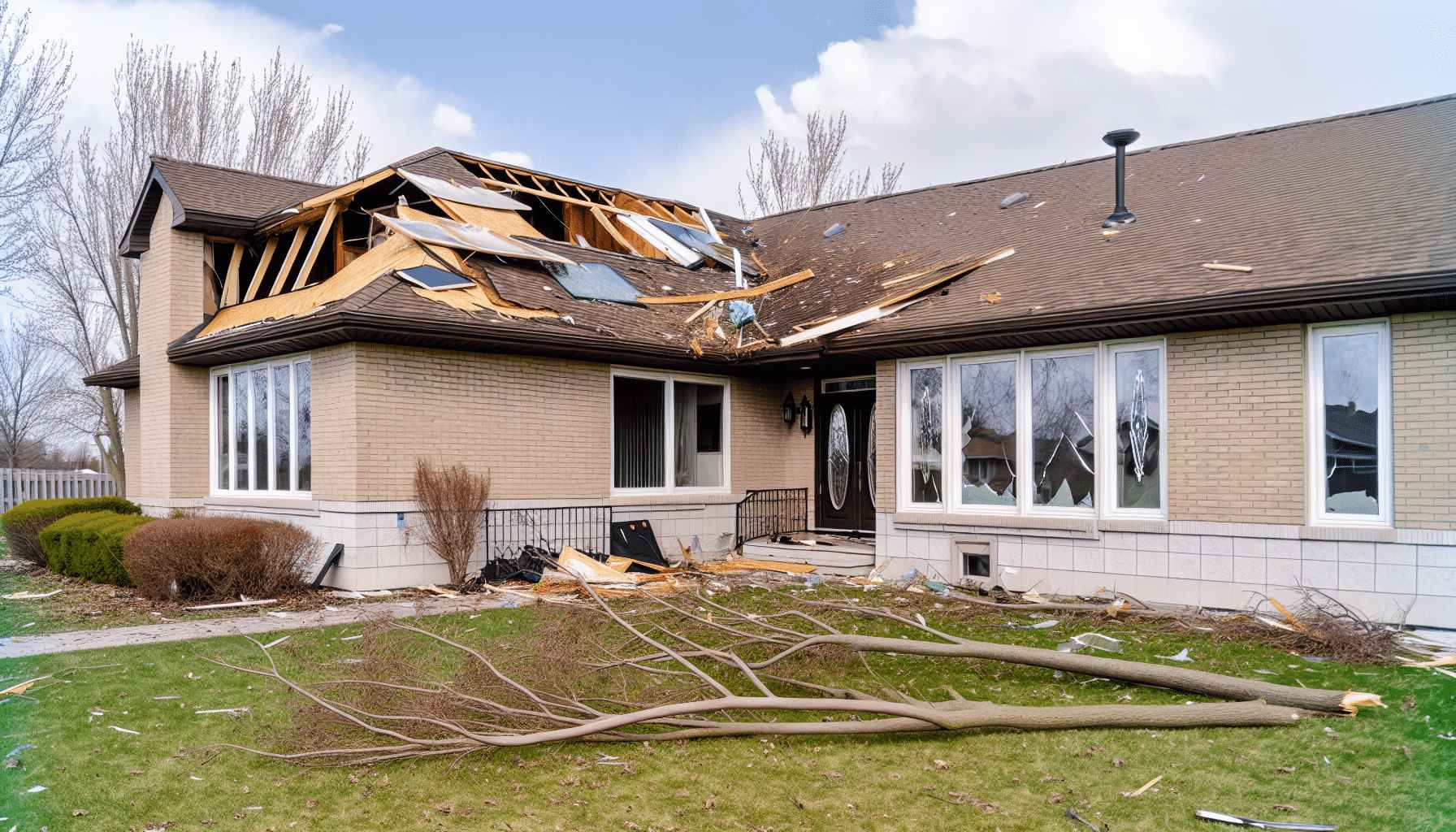
Beyond maintaining a detailed record, employing photos and videos to document the storm damage can significantly bolster your claim. A comprehensive video walkthrough of every affected room, highlighting the damages and all contents, enhances the documentation of storm damage.
Photographs documenting specific damages, like broken windows or water-stained ceilings, help to establish the precise nature and extent of damages in the claim. Recording videos of inspection calls via virtual inspection tools can provide an accessible, archived reference for any recommendations and the condition of the home at the time of the inspection.
Leveraging Technology for Efficient Claims
In our digital era, technology has emerged as a vital tool in streamlining the claims process. Some ways technology is used in claims processing include:
-
Virtual inspections, which enable remote property assessments through platforms like Zoom or FaceTime, negating the need for physical presence.
-
The use of accurate information gathered through virtual inspections, which significantly enhances claims processing efficiency.
-
Improved service quality and policyholder satisfaction as a result of these technological advancements.
Virtual Inspections and Consultations
The demand for virtual inspections has surged in response to social distancing needs during the COVID-19 pandemic, a service that Rapid Roofing provides to clients. Incorporating technology such as drones and 360-degree cameras, virtual inspections can be conducted more swiftly and cost-effectively, enhancing the overall quality of the inspections.
Digital Submission of Claims
Digital technology simplifies the submission of claims. Electronic claims processing accelerates payments to the claimant, boosts productivity, and simplifies the workflow. Technological advancements, including big data and machine learning, are leveraged in digital claims processing to enhance underwriting, claims handling, and fraud detection.
Summary
Navigating a storm damage insurance claim can be a daunting process, but with the right knowledge and guidance, it doesn’t have to be. From ensuring safety and documenting damage, to understanding policy coverage and avoiding common claim mistakes, every step is crucial. Engaging professional expertise, making strategic repair choices, and leveraging technology can ease the claims process and maximize your settlement. So, when the storm clouds recede, remember – you’re not alone. With this guide and the right support, you can navigate the aftermath of a storm with confidence.
Frequently Asked Questions
How do you handle storm damage?
After a storm hits and damages your home, start by assessing the damage and taking photos. Take steps to prevent further damage and save all receipts while contacting your insurance company for assistance. Stay organized and document the process thoroughly to ensure a smooth recovery.
What is considered an Act of God for insurance?
An Act of God for insurance refers to a natural event without human intervention that could not have been prevented, such as storms or fires caused by lightning strikes.
How do damage claims work?
Damage claims work by having the insurance company send an adjuster to evaluate the damage, after which they will provide a settlement amount in either replacement cost or actual cash value, allowing you to cover the costs to rebuild or repair your home using similar materials.
How does storm damage insurance work?
If a storm causes damage to your property, your insurance will cover the amount above your deductible. For example, if the damage is $10,000 and your deductible is $1,000, your insurer will pay $9,000. Keep in mind that some policies have separate deductibles for different types of claims.
What should be my first step after a storm damages my home?
The first step after a storm damages your home should be to ensure safety before entering the damaged area. Once it’s safe, begin documenting all the damage for your insurance claim.

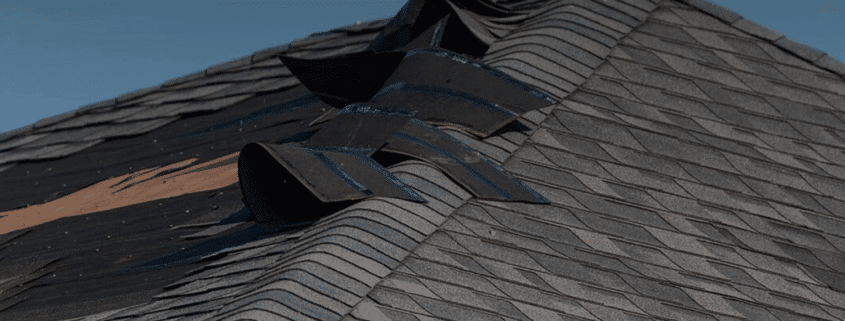
 Residential Roofing
Residential Roofing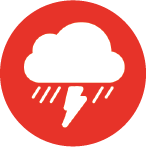 Storm Damage
Storm Damage Multi-Family Homes
Multi-Family Homes
